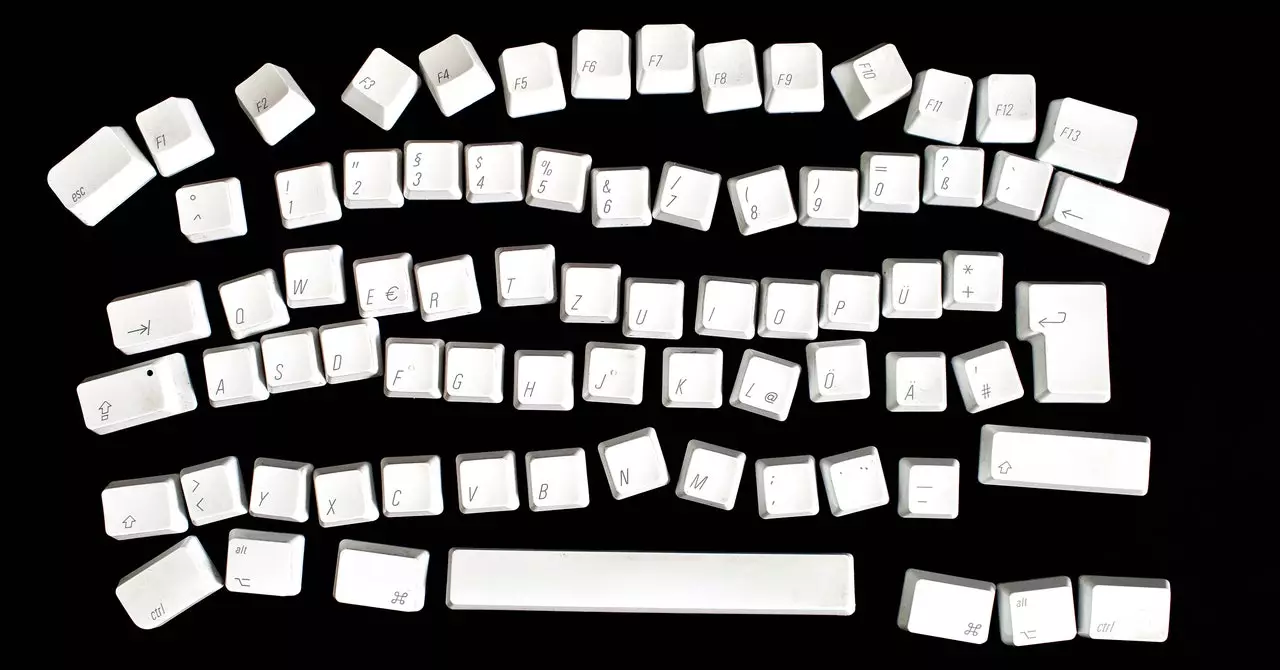Detecting text generated by tools like ChatGPT poses a significant challenge for users. Although artificial intelligence detection tools such as GPTZero can offer some guidance by identifying bot-generated content, they are not infallible and can generate false positives. As a journalist who has covered AI detection for over a year, it is important to understand the complexities involved in identifying AI-generated text accurately.
GPTZero, developed by Edward Tian, is one of the prominent AI detection tools in the market. Tian’s AI detector focuses on factors such as text variance and randomness to distinguish between human and bot-generated content. However, the effectiveness of such tools is still in question, as researchers remain skeptical about their potential accuracy. The concept of using a watermark to designate specific word patterns as off-limits to AI generators is intriguing but may not be a foolproof solution.
The Impact of AI on Education
AI-generated text has significant implications for the education sector, particularly in terms of schoolwork and academic integrity. Educators are increasingly concerned about students using chatbots to complete assignments, leading to a debate about the value of traditional essay assignments. While AI tools can be used for brainstorming, some students rely on them to create entire assignments, raising ethical concerns about academic dishonesty.
Companies selling products potentially generated by AI face ethical questions about the need to disclose the source of the content. Instances of AI-generated books being listed on platforms like Amazon without proper identification highlight the importance of flagging such products. The debate over false positives, where human-written text is mistakenly identified as AI-generated, adds complexity to the issue of labeling algorithmically generated content.
Challenges in Academic Publishing
The prevalence of AI-generated text in academic journals poses challenges for maintaining the integrity of scientific literature. Publishers and researchers are grappling with the issue of detecting AI content in peer-reviewed papers and ensuring proper disclosure. Building specialized detection tools to identify AI-generated papers is one strategy to address this concern and prevent the dilution of scholarly work.
Limitations of Watermarking in AI Detection
Watermarking AI-generated text to make it detectable by software but imperceptible to human readers was once seen as a potential solution. However, recent findings have exposed the weaknesses of this strategy, as researchers have been able to bypass AI watermarks effectively. While not entirely ineffective, watermarking remains a challenging method for reliably detecting AI-generated content.
Concerns with Plagiarism Detection Tools
Plagiarism detection software like Turnitin, which has incorporated AI spotting capabilities, aims to identify AI-generated classroom work. However, concerns about false positives and bias against non-native English speakers have led some institutions to question the reliability of such tools. Improving AI-detection algorithms is crucial to overcoming the challenge of erroneous results and ensuring accurate identification of AI-generated text.
Detecting AI-generated text presents a complex and evolving challenge for users, educators, and researchers alike. While AI detection tools offer some guidance, their limitations and the potential for false positives underscore the need for continued innovation and improvement in this field. Addressing ethical concerns, enhancing detection capabilities, and promoting transparency in AI-generated content are essential steps towards effectively identifying and dealing with AI-generated text.


Leave a Reply
You must be logged in to post a comment.